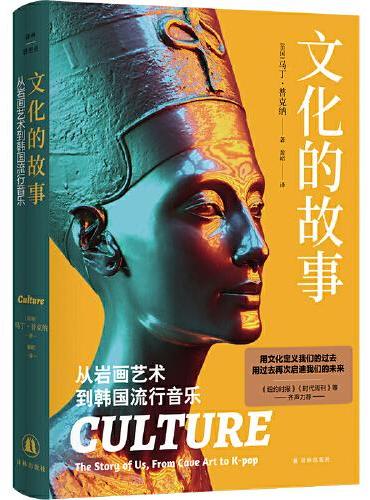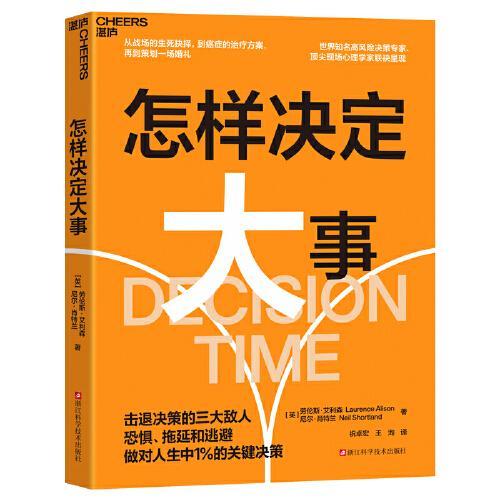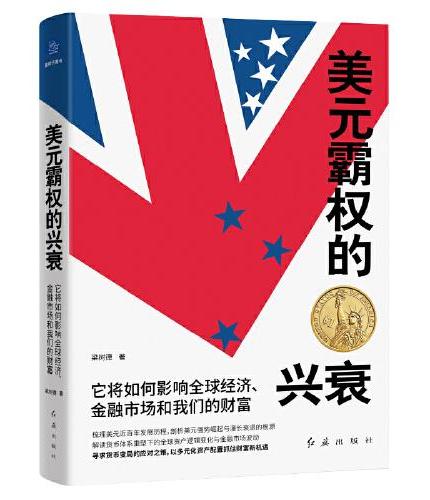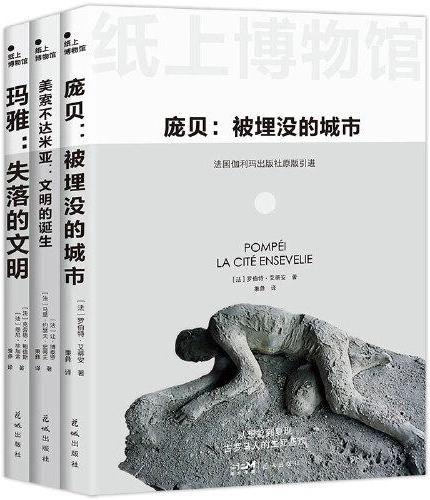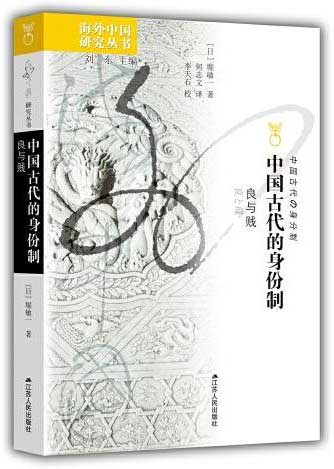新書推薦: 《
文化的故事:从岩画艺术到韩国流行音乐(译林思想史)哈佛大学教授沉淀之作 获奖不断 全球热销 亲历文化史上的15个关键点 从史前艺术到当代韩流的人类文化全景
》 售價:HK$
85.8
《
不结婚的社会:双亲如何成为特权,以及家庭为何很重要
》 售價:HK$
63.8
《
怎样决定大事
》 售價:HK$
109.9
《
蓝色机器:感受海洋引擎的深沉脉动
》 售價:HK$
96.8
《
美元霸权的兴衰:它将如何影响全球经济、金融市场和我们的财富(梳理美元发展历程,剖析崛起与衰退的根源)
》 售價:HK$
63.8
《
纸上博物馆·文明的崩溃:庞贝+玛雅+美索不达米亚(法国伽利玛原版引进,450+资料图片,16开全彩印刷)
》 售價:HK$
279.4
《
郭实猎与“开放中国”——19世纪上半叶的中西碰撞(精)
》 售價:HK$
74.8
《
海外中国研究·中国古代的身份制:良与贱
》 售價:HK$
85.8
編輯推薦:
·本书融入新的科研成果,内容新颖;
內容簡介:
Electromagnetic Compatibility (EMC) utilizes dedicated theory and technologies to predict, assess and prevent potential electromagnetic interference problems.
關於作者:
吴琦
目錄
Chapter 1 Introduction to EMC 1


